Nice.
Rugby teams and ambulance staff are the target for portable brain scanner.
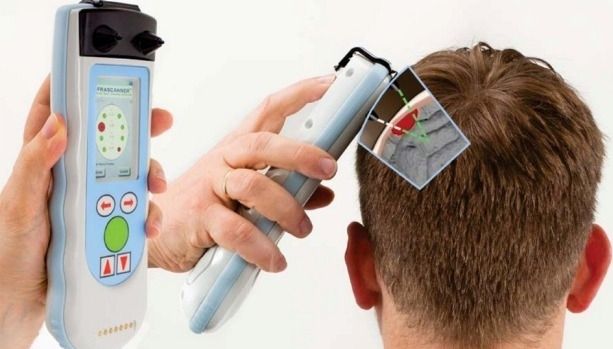

For my many self driving fans. Here is an idea that they could look into as part of this infrastructure is to have the sensors in the pavement be able to sense a car broken down on the side of the road and notify nearby tow trucking company hired by the city or county as well as the same sensors able to pick up on vehicle impacts on the road to contact police/ hwy. patrol and emergency responders as cameras cannot be everywhere to monitor.
Press release — Persistence Market Research Pvt. Ltd — Smart Highway Market Explores New Growth Opportunities By 2026 — published on openPR.com.
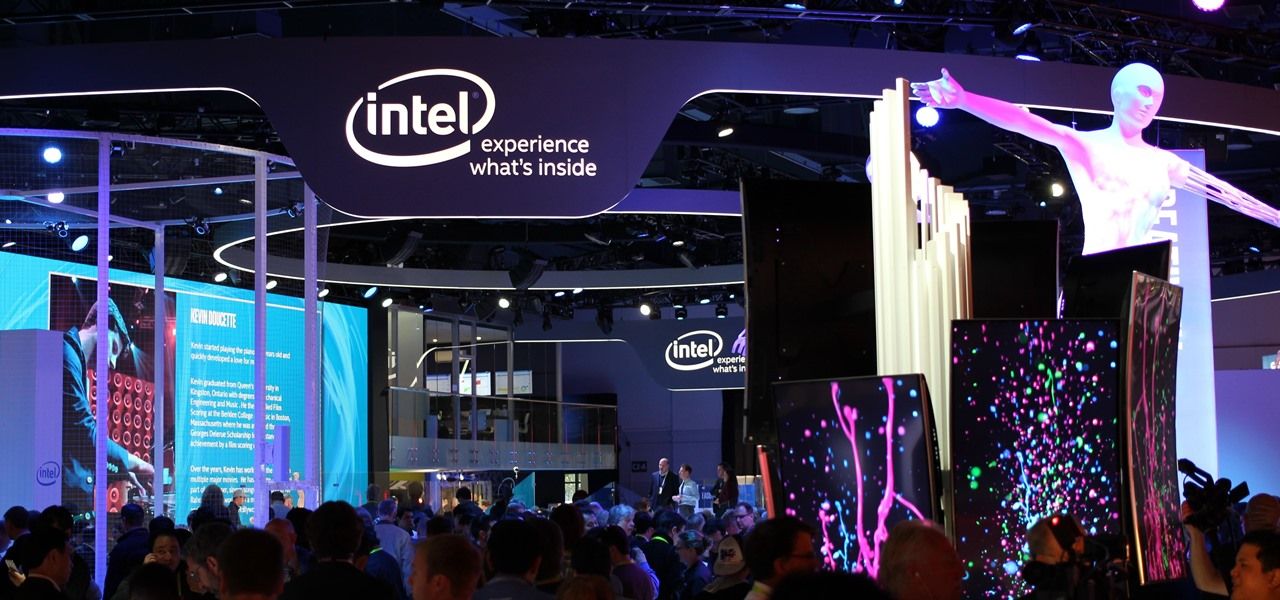
The coming year promises to be a good one for those of us watching the augmented and mixed reality world. And the Consumer Electronics Show (CES), starting Jan. 5 in Las Vegas, Nevada, for its 50th year, is bringing 2017 in with a bang—we’re expecting a ton of great announcements on the horizon.
From the HoloLens developers edition release and ever-churning Magic Leap rumor mill, to Pokémon Go and the resurgence of the smart glasses movement, augmented, mixed, and virtual realities have been all over the place in 2016. So, it’s no surprise that for its second year, CES will dedicate an entire section of the floor to augmented reality called the Augmented Reality Marketplace.

NESS ZIONA, Israel, December 12, 2016 – Nano Dimension Ltd., a leader in the field of 3D Printed Electronics (NASDAQ, TASE: NNDM), will showcase its 3D printer for professional printed circuit boards (PCBs) and electric circuits in Eureka Park during CES 2017. The technology sits firmly at the intersection of 3D printing and printed electronics, and sets new standards for accuracy, complexity and multi-materiality in the fields of 3D printing and electronics prototyping.
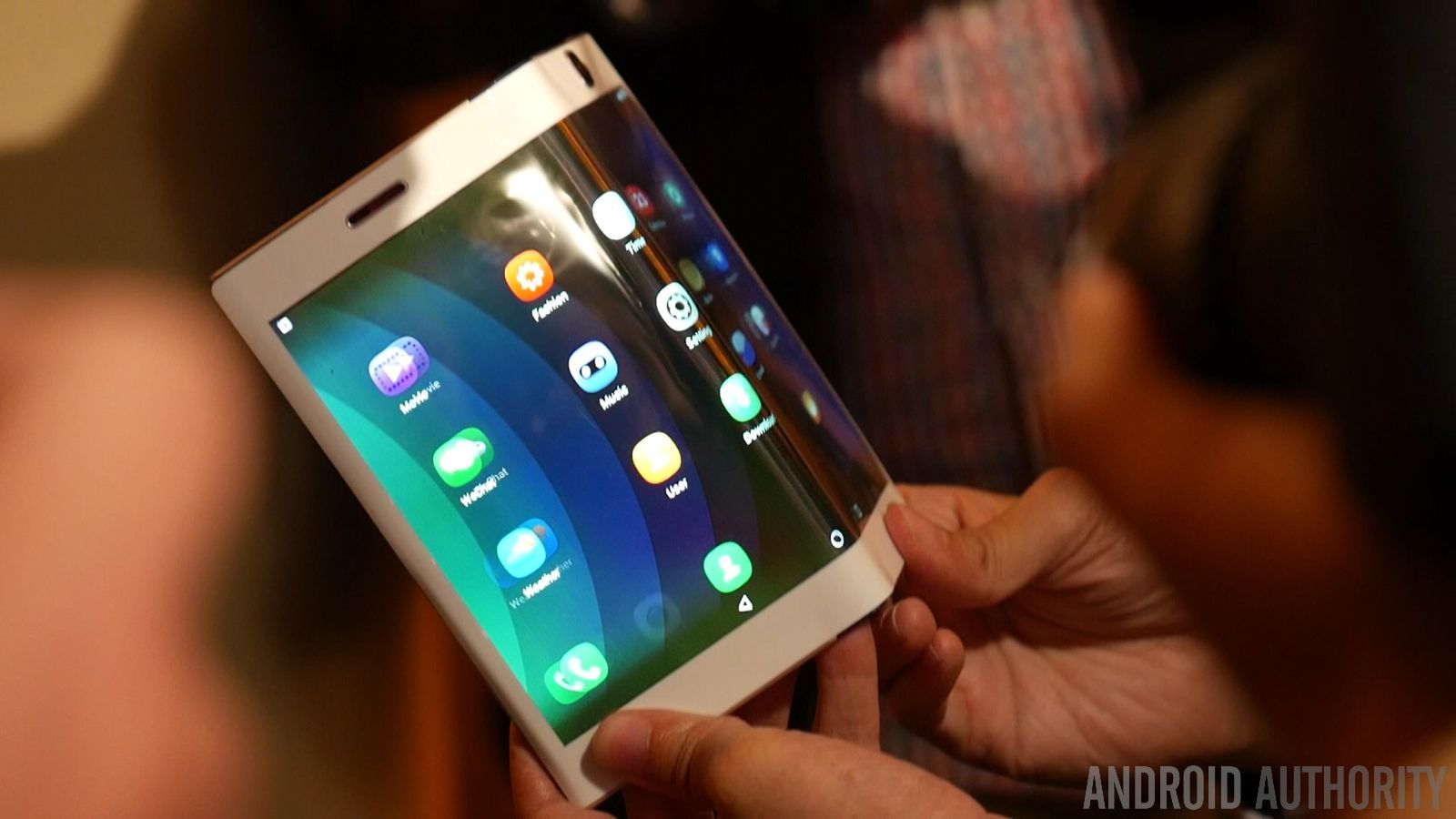
LG Display is reportedly readying out-foldable OLED panels to go into mass production in 2018. According to Korean news website etnews, the company will work with, and supply to, Apple, Google and Microsoft, as it competes with Samsung in the foldable display market.
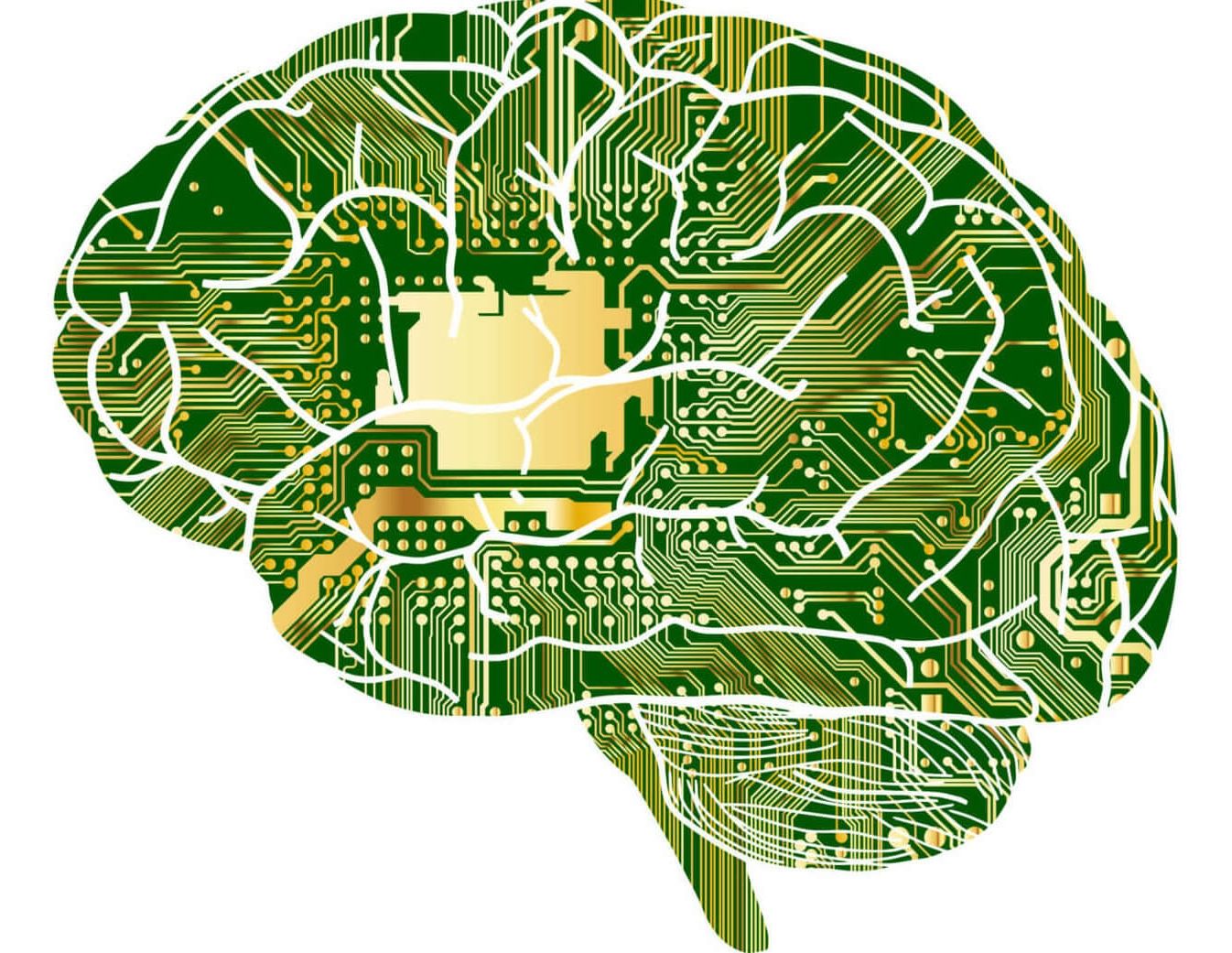
For makers, 3D printed circuit boards are no longer a mere dream. 3D printers. which can do DIY PCB printing, will become commercially available soon.
The making of DIY circuit boards is a complex task. First, you’ll have to plan the PCB, make a 2D print of the layout, cut a copper plate, transfer the PCB layout to the copper plate, iron the circuit, go through the process of etching, cleaning, disposing… and after some hours of manual labor, you should be ready.
There must be a way to do this more efficiently, right? Wouldn’t a 3D printer be perfect for that job? Fortunately, the first PCB 3D printers will become available soon. Currently, these machines are able to 3D print electronics.

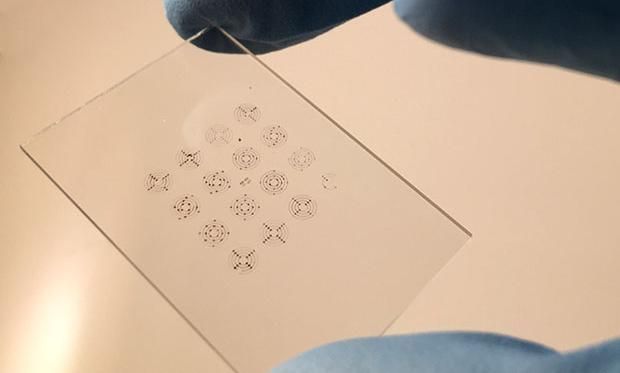

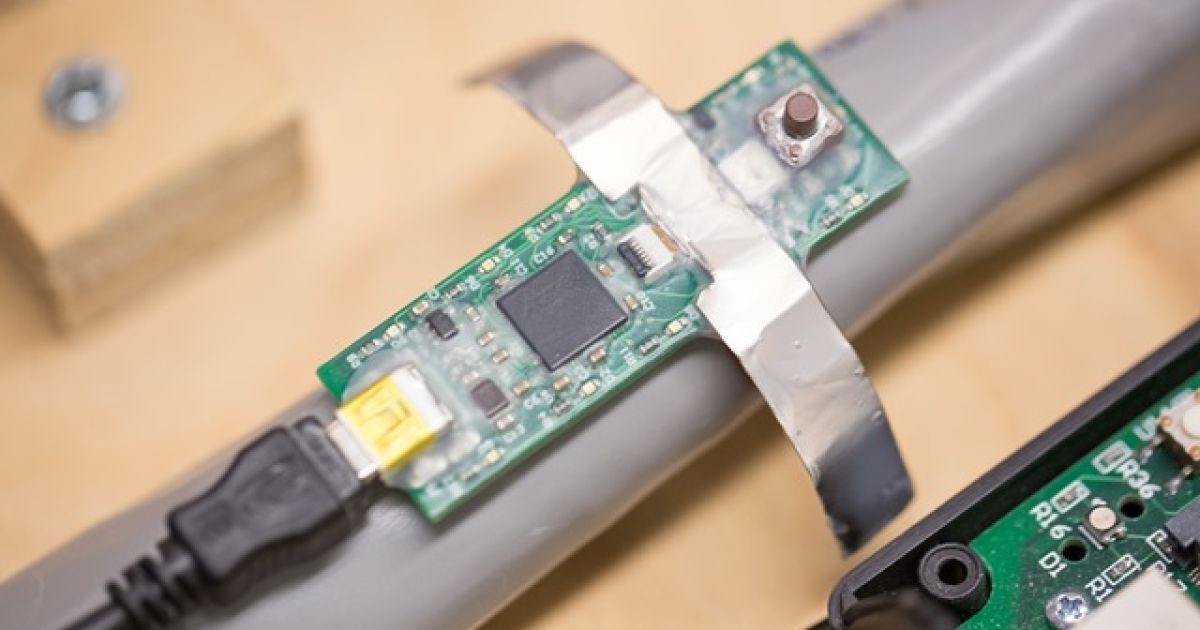
A Marinha dos Estados Unidos fez uma parceria com cientistas do Massachusetts Institute of Technology (MIT) para criar uma rede de sensores barato, portátil que monitora o consumo de energia de cada um dos seus dispositivos domésticos.
O sistema consiste de cinco sensores de tamanho selo-postais colocados acima ou perto de linhas elétricas que entram na casa, que podem identificar cada luminária ou aparelho com base em seu uso de energia. Ele canaliza os dados para um aplicativo em tempo real, permitindo que as pessoas possa ver quando sua geladeira consome para um ciclo de degelo, por exemplo.
“Já existem maneiras de monitorar o uso de energia doméstico, mas elas envolvem a contratação de um eletricista licenciado ou cortando linhas de energia ou tubos caro para anexar, equipamento especializado,” professor de engenharia do MIT e chefe do projeto Stephen Leeb disse em um comunicado de imprensa. “Com o nosso sistema, é possível instalar sensores sem contato usando laços zip ou mesmo velcro, e usar o processamento de sinal para medir o consumo de energia. Também poderia servir como uma maneira de dizer quando o equipamento precisa de manutenção ou substituição.”